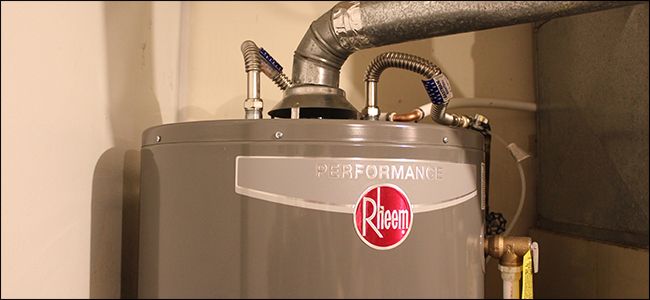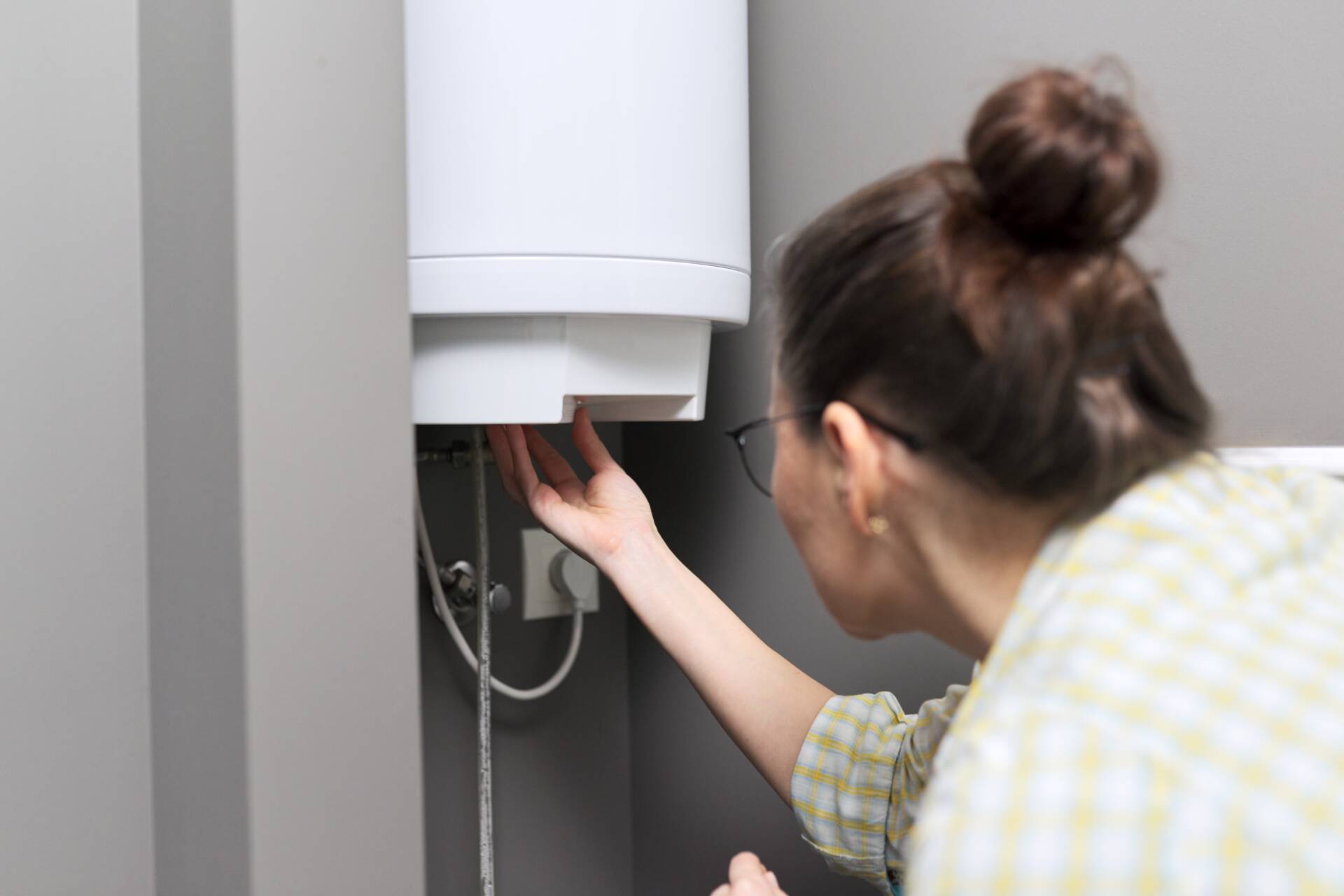Ways to Effectively Maintain Your Home's Hot Water System
Ways to Effectively Maintain Your Home's Hot Water System
Blog Article
We have noticed the article pertaining to Tips on Maintaining a Water Heater down the page on the internet and thought it made perfect sense to share it with you in this article.

Warm water is important for day-to-day comfort, whether it's for a refreshing shower or washing dishes. To guarantee your hot water system runs successfully and lasts longer, regular maintenance is key. This short article supplies practical suggestions and understandings on how to preserve your home's warm water system to prevent disruptions and expensive repairs.
Intro
Maintaining your home's warm water system could appear difficult, yet with a few simple steps, you can guarantee it operates efficiently for many years to find. This overview covers whatever from understanding your warm water system to DIY maintenance ideas and knowing when to hire specialist assistance.
Importance of Preserving Your Warm Water System
Regular upkeep not just prolongs the lifespan of your hot water system yet also ensures it operates successfully. Neglecting maintenance can bring about decreased effectiveness, greater energy expenses, and also premature failure of the system.
Indicators Your Warm Water System Needs Maintenance
Recognizing when your hot water system needs interest can protect against major problems. Keep an eye out for signs such as inconsistent water temperature level, weird sounds from the heater, or rustic water.
Comprehending Your Hot Water System
Before diving right into upkeep tasks, it's useful to understand the basic elements of your warm water system. Commonly, this consists of the hot water heater itself, pipes, anode rods, and temperature controls.
Regular Monthly Upkeep Tasks
Normal monthly checks can help catch minor problems prior to they rise.
Purging the Hot Water Heater
Flushing your water heater removes debris buildup, enhancing effectiveness and extending its life.
Monitoring and Changing Anode Rods
Anode rods stop rust inside the container. Examining and replacing them when worn is vital.
Checking and Changing Temperature Settings
Changing the temperature settings guarantees optimal performance and safety.
DIY Tips for Upkeep
You can execute numerous upkeep jobs on your own to keep your hot water system in top condition.
Looking for Leakages
Frequently evaluate pipes and connections for leaks, as these can lead to water damages and higher costs.
Testing Stress Relief Valves
Examining the stress relief valve guarantees it functions appropriately and stops excessive stress buildup.
Insulating Pipelines
Shielding hot water pipes lowers warmth loss and can save power.
When to Call a Professional
While do it yourself maintenance is valuable, some problems require professional expertise.
Facility Issues Calling For Expert Assistance
Examples consist of major leakages, electric problems, or if your hot water heater is constantly underperforming.
Routine Specialist Upkeep Advantages
Specialist maintenance can consist of complete examinations, tune-ups, and guaranteeing conformity with security standards.
Verdict
Normal maintenance of your home's hot water system is necessary for efficiency, long life, and cost financial savings. By complying with these pointers and knowing when to look for specialist assistance, you can ensure a dependable supply of warm water without unexpected disruptions.
How to Maintain an Instant Hot Water Heater
Before tinkering with your hot water heater, make sure that it’s not powered on. You also have to turn off the main circuit breaker and shut off the main gas line to prevent accidents. Also turn off the water valves connected to your unit to prevent water from flowing into and out of the appliance. 2. When you’re done, you have to detach the purge valves’ caps. These look like the letter “T†and are situated on either side of the water valves. Doing so will release any pressure that has accumulated inside the valves while at the same time avoid hot water from shooting out and burning your skin. 3. When the purge valves’ caps are removed, you have to connect your hosing lines to the valves. Your unit should have come with three hoses but if it didn’t, you can purchase these things from any hardware or home repair shops. You can also get them from retail stores that sell water heating systems. Read the user’s manual and follow it to complete this task properly. When the hosing lines are connected, open the purge port’s valves. 4. You should never use harsh chemical cleaners or solutions when cleaning your unit. Make use of white vinegar instead. It should be undiluted and you’ll probably use about 2 gallons. 5. Now flush your water heater. This task should probably take about 40 minutes. We can’t give you specific directions for this because the procedure is carried out depending on the type, model and brand of your heater. With that being said, refer to the user’s manual. 6. When you’re done draining the unit, you have to turn off the purge port valves again. Remove the hosing lines that you earlier installed on each of the water valves. Put the valve caps (purge port) back in their respective places and be very careful so as not to damage the rubber discs that are found inside these caps. 7. Now that everything’s back in place, check your user’s manual again to find out how to reactivate your water heating system. 8. Once it is working, turn one of your hot water faucets on just to let air pass through the heater’s water supply pipes. Leave the tap on until water flows smoothly out of it. https://www.orrplumbing.com/blog/2014/september/how-to-maintain-an-instant-hot-water-heater/

I have been very enthusiastic about Tips on Maintaining a Water Heater and I really hope you enjoyed reading our piece. If you enjoyed our blog posting please make sure you remember to share it. I praise you for your time. Kindly pay a visit to our blog back soon.
Book Service Now Report this page